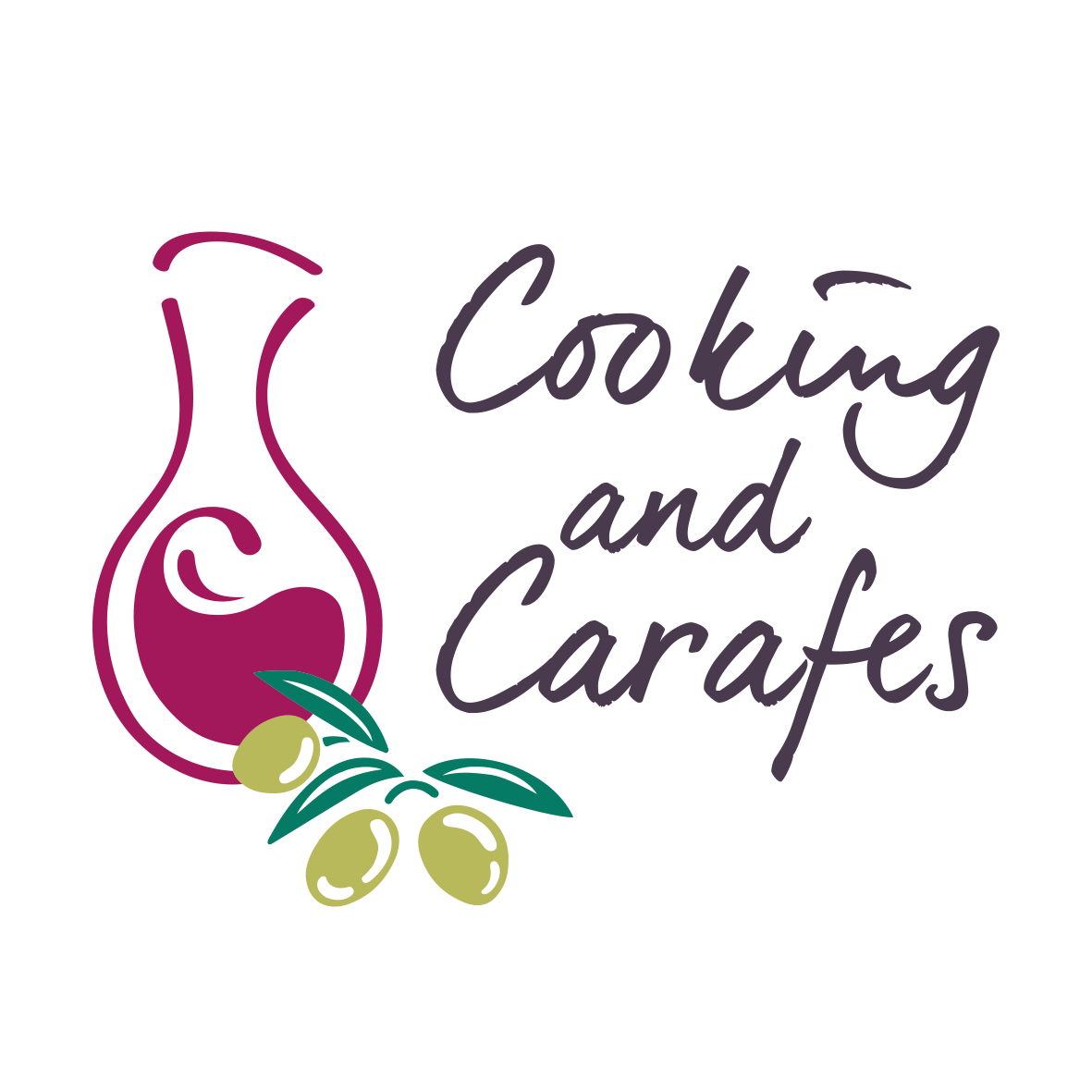What is Prosecco?
Apart from your favourite aperitivo this summer…Sparkling wine sales in the UK have increased by 80% in the last five years and in 2015 prosecco sales overtook those of Champagne, but while we Brits love this sparkling white do you know what makes some stand out from the rest and how it differs to its sparkling counterparts?
The grape
A map of the production areas of Prosecco
Let’s start with the key ingredient, the grape! Prosecco is made from the Glera grape, which until 2009 was called, Prosecco – so named after the village the grape is believed to have originated from near Trieste. Now the Glera grape is grown in the north-east Veneto region and prosecco can be spumante (sparkling) or frizzante(semi-sparkling).
How is Prosecco made?
Prosecco follows the champagne method initially by blending wines together and a mixture of sugar and yeast is added. The next phase is where the blend is transferred to a pressurised tank and sugar and yeast are added again to start the second fermentation. The tank is then sealed to stop any carbon dioxide from escaping. Once this is complete the wine is filtered and bottled under pressure. This is why you get the POP when you open a bottle of Prosecco because it is the pressure releasing from inside and the dissolved carbon dioxide then causes the wine to bubble, or sparkle!
How does Prosecco differ to Champagne?
Champagne has its second fermentation in the bottle which is a longer and more time consuming method as it also requires the champagne to be disgorged to remove a yeasty deposit that has built up. Champagne also has to be grown in the Champagne region of France.Prosecco is best drunk while the wine is young, whereas Champagne can benefit from ageing.
What do the labels on Prosecco mean?
If a Prosecco has a DOC (Denominazione di Orgine Controllata) on its label it is from the specified Veneto region. If it has a DOCG (Denominazione di Origine Controllata e Garantita) it is recognised as a wine that has been analysed and tasted by government–licensed personnel before being bottled. To prevent later manipulation, DOC wine bottles are sealed with a numbered governmental seal across the cap or cork.
Prosecco Superiore DOCG
Prosecco’s labelled as ‘Superiore DOCG’ mean they can only be produced in the Treviso province of Veneto in the hills of the Conegliano Valdobbiadene region.What difference does it make? It means the wines from this region are produced within 15 towns and one province whereas DOC spans over 500 towns and nine provinces!DOCG is the highest level of quality of Italian wines, as recognised by the Ministry of Agriculture.
How can you tell the difference?
DOC wine label
DOCG wine label
Before you taste the wine and judge its quality by its flavours and finish the easiest thing to do is look at the label.The DOC label states the type of wine and carries the DOC symbol along with a serial number.The DOCG label carries the logo of the consortium on the left hand side for the controlled region, states the name on the right and also carries serial number on the seal.
Where can you buy DOC and DOCG Prosecco?
Prosecco that is classified as DOC and DOCG are readily available in supermarkets and wine stores across the UK, however if you want to try something really special I recommend trying the selection available from Italian Fizz who specialise in sparkling wines from Italy and carefully select smaller vineyards. You can order online and my favourite to recommend is the DOCG Extra Dry Nardi Giordano from £16.60 or mix and match and save 10% when you order 6 bottles or more.






















An easy recipe using casarecce pasta, combining the sweetness and freshness of cherry tomatoes, the heat of chilli and balanced with tangy feta and basil